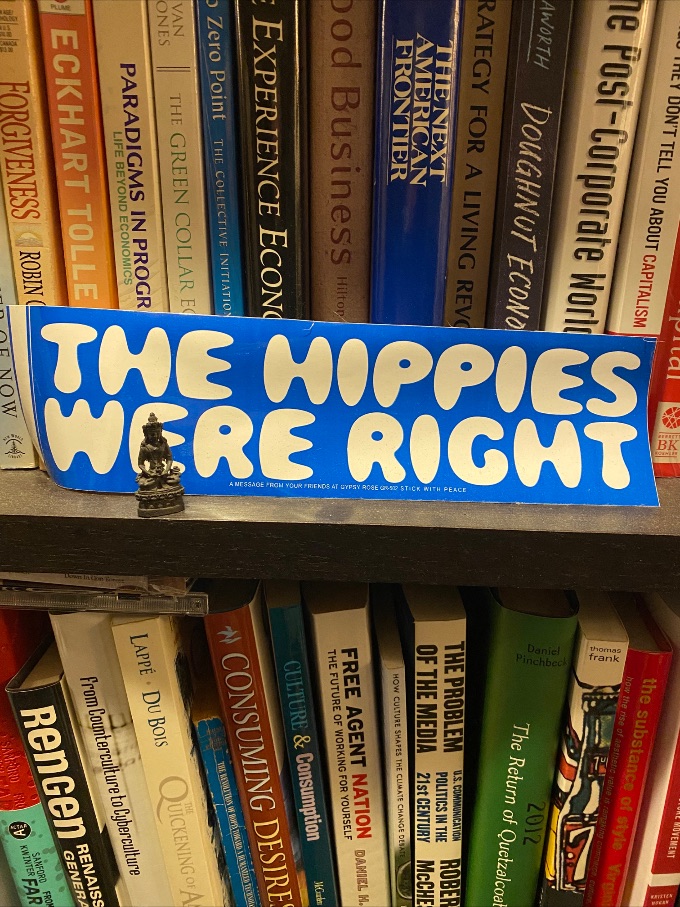October 10, 2025
Culture
"Hippie modernism has been not only misunderstood but also underestimated."

Greg Castillo is a professor of architecture at the University of California, Berkeley, with expertise in the countercultural design of the 1960s. As one of the many who drank the “we can change the world” Kool-Aid in that era, I follow his work with great interest.
In this article, Castillo convincingly shows how the 1960s and ’70s Bay Area counterculture—especially in Berkeley—pioneered an alternative approach to design, architecture, and ecological living that has been misunderstood and undervalued in mainstream history.
Using the Whole Earth Catalog as both a map and a how-to manual, Bay Area designers drew inspiration from many sources, including Buckminster Fuller’s systems theory and “design science revolution,” Zen Buddhism, and cybernetics. Their design studios often merged environmental theory with hands-on construction, leading to projects like Sim Van der Ryn’s Integrated Synthesis of the Design Determinants of Architecture, where students built a village using foraged and recycled materials. These experiments sought holistic sustainability—renewable energy, waste recycling, self-sufficiency, and ecological harmony.
It’s worth remembering that these pioneers were doing this work sixty years ago. Though mainstream culture often dismissed hippie design as naive or utopian, many of its environmental ideas and participatory methods have since become central to contemporary sustainability and urban planning.
"Garage mechanic, jack-of-all-trades, world thinker, polymath, outlaw — clearly the hippie environmental designers who emerged in the Bay Area in the mid 1960s, and who would flourish for more than a decade, defy easy categorization. Not surprisingly, the movement took what we’d now call an open-source approach to inspiration."
'Arguably the most consequential legacy of hippie modernism was its focus not on the architectural object but rather on a range of environmental issues, from renewable energy to resource conservation, which we now categorize under the embracing rubric of ecological sustainability. Here too the emerging movement found a deeply receptive local atmosphere."
ARTICLE: Hippie Modernism. How Bay Area Design Radicals Tried to Save the Planet.
VIDEO: Hippie Modernism with Greg Castillo




